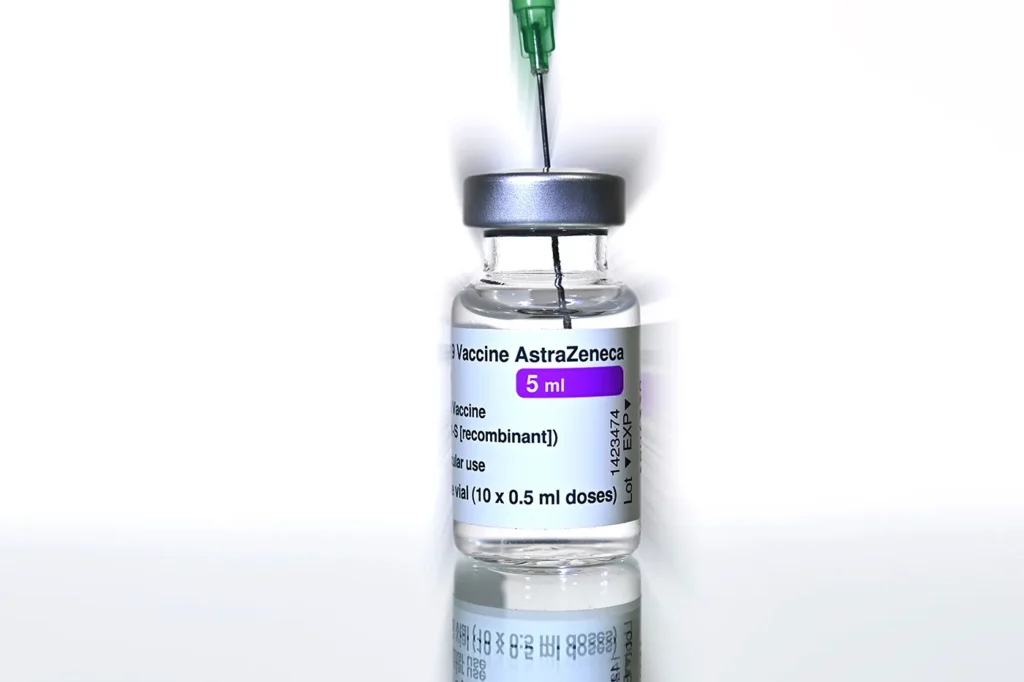Close to 50% of U.S. prisons and detention centers are located near sites that are likely contaminated by dangerous “forever chemicals,” according to new research.
Based on a watershed analysis of all 6,118 prisons and detention centers in the country, the researchers found that 5%, about 310, have a known contamination site nearby. However, 47%, about 2,285, are close to at least one presumptive contamination site, with many located near more than one. At minimum, there are 990,000 incarcerated people in those facilities, including at least 12,800 juveniles.
Per- and polyfluoroalkyl substances, known as PFAS or “forever chemicals” for their long-lasting impact on the environment, have been linked to increased risks of cancer, thyroid problems and infertility as well as compromised immune and cardiovascular systems.
PFAS exposure is difficult to avoid in the U.S. It’s in everything from drinking water to food packaging, cosmetics and even Band-Aids. Nearly every person in the U.S. has a measurable amount of PFAS in their blood, according to the Agency for Toxic Substances and Disease Registry.
“Every place you look you find PFAS, so people are just exposed in an enormous amount of ways and they don’t even know where to go to avoid it,” says Phil Brown, a distinguished professor of sociology and health sciences at Northeastern University involved in the research.
But in prisons, the danger posed by PFAS exposure could be even greater.




